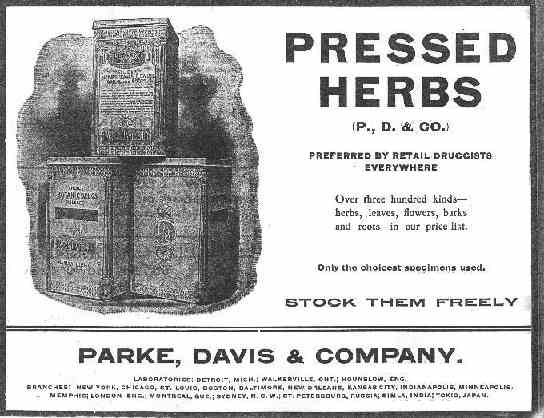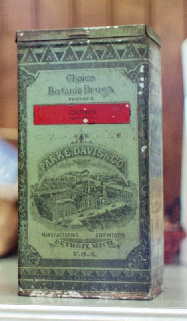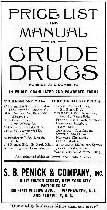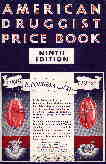
|
Chapter 5 - (2nd Edition) Bulk & Home Brew Cannabis |

|
|---|
BULK CANNABIS CONTAINERS
& HOME BREW MEDICINES

[Oil Paint & Drug Reporter Magazine July 10, 1905]

Bulk Prices |
 Growers |
 Hemp Cards |
 TradeCards |
 Bulk Cannabis |
 Tins |
 Tin Container |
 Homebrew |
 S.B. Penick |
 Compton's 1935 |
 Jar |
 |

Home Brew Box |

Bulk Labels |